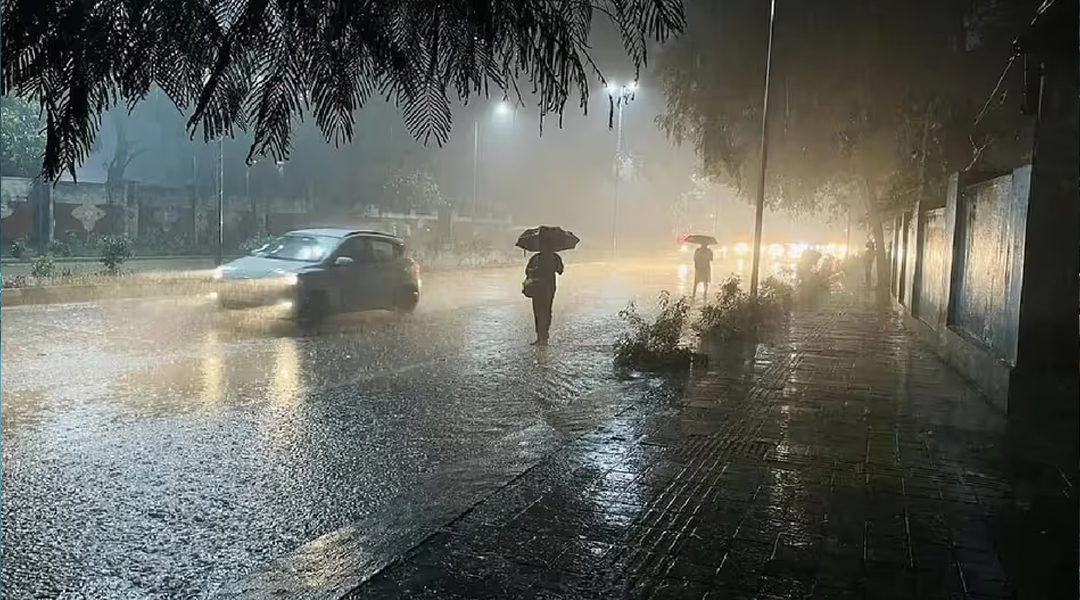The main agency in charge of meteorological monitoring, weather forecasting, and seismology has also issued yellow and orange...
Digital Desk: The Assam region will witness rain over the following four to five days, with isolated parts receiving extremely heavy to very heavy rains, the India Meteorological Department (IMD) stated.
The main agency in charge of meteorological monitoring, weather forecasting, and seismology has also issued yellow and orange alert for the next several days in some districts of Assam.
The Regional Meteorological Centre has reported that the low-pressure area that was over south Jharkhand and the neighbouring states of north interior Odisha, north Chhattisgarh, and north Jharkhand is now over north Chhattisgarh and its surrounding areas, with the cyclonic circulation that goes with it extending up to 5.8 km above mean sea level and tilting southward with height.
It is predicted to move across northeast Madhya Pradesh in the next 24 hours in a west-northwesterly trajectory.
Additionally, it was noted that the Monsoon Trough is currently 1.5 km above mean sea level and is moving from the southeast to the northeast Bay of Bengal, passing via Ganganagar, Narnaul, Datia, Satna, the centre of the Low-Pressure Area over north Chhattisgarh & surroundings, Keonjhargarh, and Balasore.
"The eastern end is most likely to shift north of its regular location starting on August 21. It is very possible that Northeast India will have strong low-level winds from the Bay of Bengal that will deliver precipitation to the area. In the Assam region, rainfall is very likely to occur at many sites to most locations during the next 4-5 days, with isolated heavy to very heavy showers, according to an IMD report.
Probable Consequences
· Due to an extended period of heavy rain, visibility may become poor, causing traffic congestion.
· Temporary traffic disruption brought on by water logging in roadways and tree uprooting, resulting in longer travel times.
· Tree uprooting may result in damage to the electricity sector.
· The possibility for damage from severe to very heavy rain to weak structures.
· Partial Tree Uprooting Damage to Kutcha Houses and Huts.
· Flash floods may occur as a result of a strong rainstorm.
· Many low-lying areas are flooded or have water logging.
· Landslides, mudslides, and landscapes are quite likely.
· The standing crops and vegetables that are at the maturity stage may be harmed by heavy rain.
· In open areas, lightning may harm cattle and people.
· Field soil dispersion, which results in seed displacement and subpar seed germination.
Measures recommended
· Adherence to any issued traffic advisories.
· Stay away from exposed buildings.
· The recommendation to support vegetable pandals.
· When a storm or lightning is occurring, seek shelter.
· To protect the crop's soil and roots, add mulch to the area around the crop.
· Keep suitable mechanisms in place to prevent runoff in case of rain and avoid operating in the fields during thunderstorm/lightning periods.
· Keep yourself updated.




















